Creating a drawing of God can be a profound and spiritually resonant artistic endeavor. Depicting the divine in art allows the artist to explore their personal beliefs, cultural influences, and interpretations of the sacred. Whether capturing the serene expression of a benevolent deity or the awe-inspiring majesty of a higher power
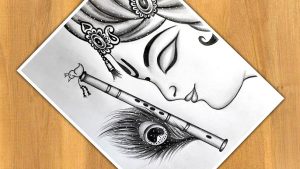
A Guide to God Drawing
The concept of drawing God is a fascinating and complex one, as different religions and cultures have vastly different interpretations of the divine. It’s important to remember that any artistic representation of God is inherently subjective and limited, as it can only capture a small fragment of the infinite and unknowable.
However, that doesn’t mean that attempting to draw God is an invalid or meaningless exercise. In fact, it can be a deeply personal and meditative practice, allowing us to explore our own beliefs and understandings of the divine.
Here are some approaches to consider when creating a “God drawing”:
1. Symbolism and metaphor:
- Many religious traditions use symbols to represent God, such as light, fire, water, or nature. You could incorporate these symbols into your drawing to evoke a sense of the divine.
- You could also use metaphorical imagery, such as a hand reaching out of the clouds, to suggest God’s presence and power.
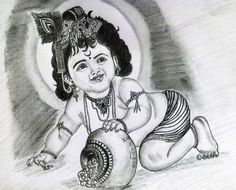
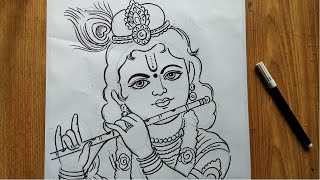
Mastering the Basics of God Drawing
Mastering the basics of “God drawing” isn’t about achieving a definitive visual representation of the divine, which in most interpretations, surpasses human comprehension. Instead, it’s about exploring your own understanding and expression of the divine through art. Here are some steps to guide you:
1. Foundation in Fundamentals:
- Shape and Form: Start with basic shapes like circles, squares, and triangles. These can represent aspects of the divine like wholeness, eternity, and stability. Play with their arrangement and size to convey different meanings.
- Light and Shadow: Light can symbolize God’s presence and guidance, while shadow can represent mystery or unknowable aspects. Experiment with light direction and intensity to create depth and mood.
- Color and Texture: Different colors evoke various emotions and meanings. Gold often signifies divinity, while blue embodies vastness and tranquility. Explore textures like smooth vs. rough to suggest different attributes.

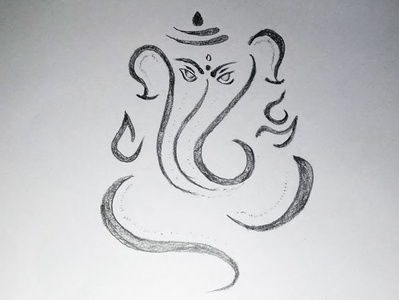
God Drawing for Beginners
Drawing God can be a daunting task for beginners, especially considering the vast interpretations and limitations of human representation. However, the journey itself can be deeply enriching, allowing you to explore your own beliefs and artistic expression. Here are some beginner-friendly approaches to try:
1. Start with Nature:
Nature is often seen as a manifestation of the divine in many cultures. Draw a landscape that evokes a sense of awe and wonder. Use elements like mountains, vast skies, or calming oceans to symbolize God’s vastness and power.
2. Use Light and Color:
Light is often associated with God’s presence and guidance. Experiment with light effects in your drawing, using sunlight bursting through clouds or radiating from within shapes. Explore colors that resonate with your understanding of the divine, like gold for glory, blue for peace, or green for abundance.
3. Draw Hands or Eyes:
These body parts can symbolize God’s care and watchfulness. Draw a hand reaching out from the heavens, or an eye gazing down with compassion. Focus on conveying emotions like warmth, love, or protection.
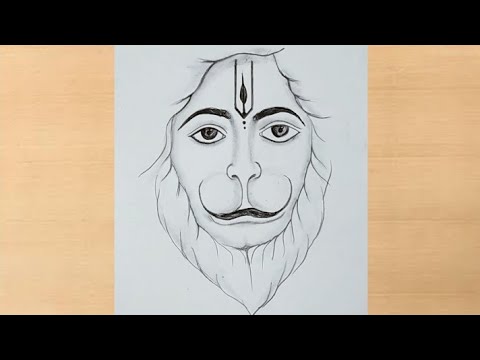
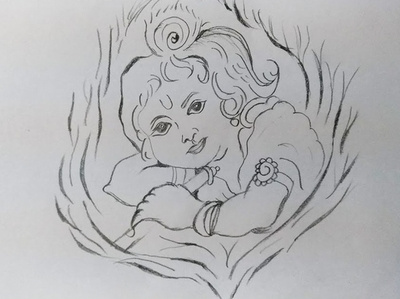
A Step-by-Step God Drawing
Creating a step-by-step drawing of God can be a meaningful and contemplative process. Here’s a basic guide to help you get started:
Step 1: Research and Inspiration Begin by researching different depictions of God in various cultures and art styles. Gather inspiration from religious texts, paintings, sculptures, and other artworks that represent the divine.
Step 2: Conceptualize Your Vision Consider the attributes you want to emphasize in your portrayal of God. Think about the mood and atmosphere you want to convey—whether it’s a loving and compassionate deity or a powerful and majestic force.
Step 3: Sketch the Basic Form Start with a rough sketch to outline the basic form of your God figure. Pay attention to proportions and pose. Decide on the gesture or posture that best communicates the essence you want to capture.
Step 4: Add Facial Features Focus on the facial features. Depending on your vision, this may include serene expressions, compassionate eyes, or a more abstract representation. Pay attention to the details that convey the character and emotions you intend.
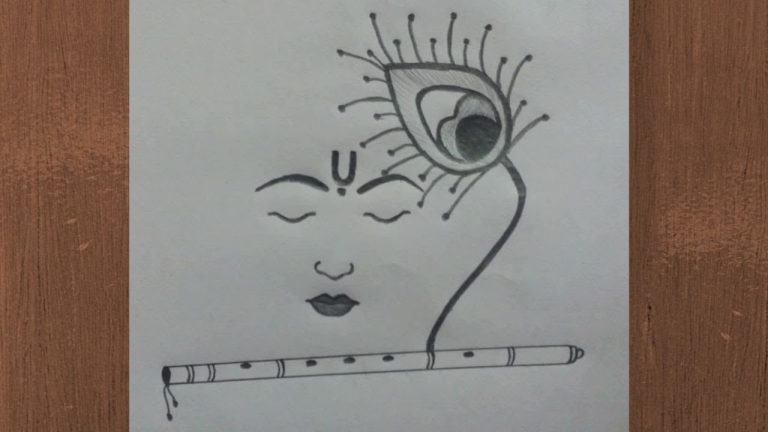
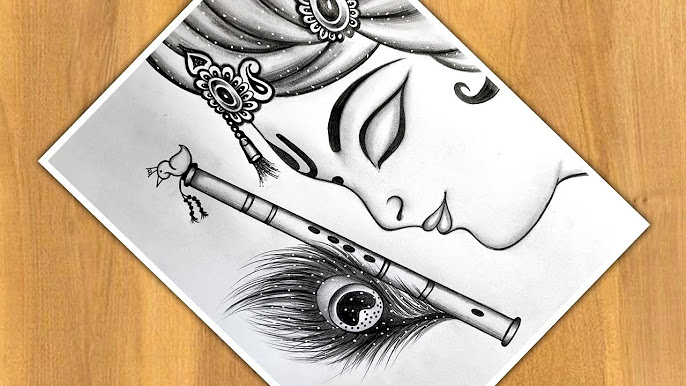
God Drawing Techniques
Drawing a representation of God involves various techniques to convey the divine and spiritual elements. Here are some techniques to enhance your God drawing:
- Symbolism:
- Incorporate symbolic elements associated with divinity. This could include halos, divine light, sacred geometry, or religious symbols. Symbolism can convey deeper meanings and connect the viewer to spiritual concepts.
- Gesture and Pose:
- Focus on the pose and gesture of your God figure. A gentle and compassionate pose can evoke feelings of love and kindness, while a powerful and majestic pose can convey strength and authority.
- Facial Expressions:
- Pay close attention to facial expressions. Expressions can range from serene and compassionate to powerful and transcendent. Eyes, in particular, can communicate depth of emotion and connection to the divine.
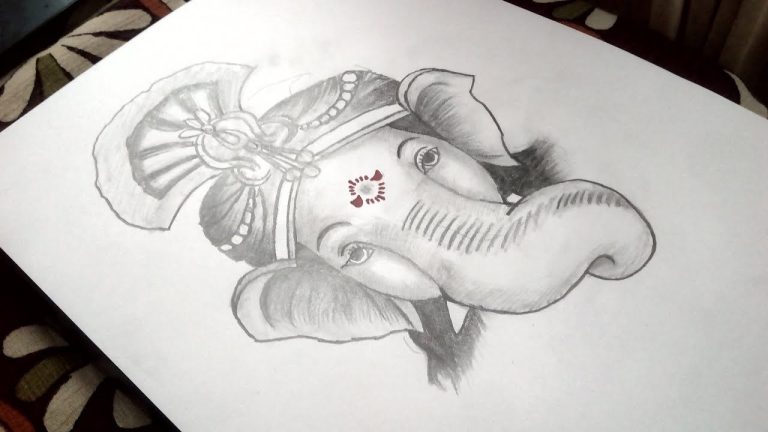
Frequently Asked Questions (FAQs)
It depends on the cultural and religious context. In some traditions, drawing or depicting gods is considered disrespectful, while in others, it’s a common artistic expression. Research and respect cultural beliefs.
- Refer to religious texts, mythology books, or credible online resources for accurate descriptions of the god’s appearance.
- Be mindful of different cultural interpretations and variations.
- Yes, artistic interpretation is often welcomed. However, it’s crucial to maintain a level of respect and avoid distorting key features that hold religious or cultural significance.
Related posts:
- 10 things to do if you can work during coronavirus
- 6 New Age Career Options
- 8 ways to make a career in tourism
- 8 tips to boost dynamics in 9th studies
- 7 tips to crack Delhi University Entrance Test after 12th
- शीर्ष १० आई आई एम् से सम्बंधित महत्वपूर्ण बातें –
- Brace yourself for the SET exam after 12th
- Need and colleges for B.Sc. in Agricultural Science!




















